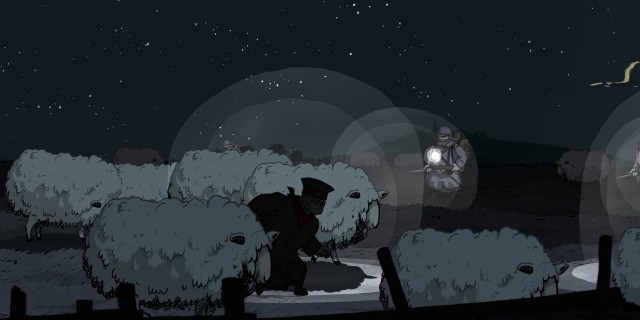
Ubisoft’s recent push towards releasing smaller, downloadable titles alongside its big hits has been a positive step in the right direction. It began this trend with Child of Light and is continuing it with Valiant Hearts: The Great War. Utilizing a striking art style, provided by the publisher’s UbiArt framework, Valiant Hearts covers a time in history rarely presented in the medium and, thankfully, does so with a level of sophistication you don’t often see in games about war.
The story of Valiant Hearts follows four central protagonists as they make their way across a war-torn Europe during World War I. Each character has their own motivations and, over the course of a few years, finds themselves in a variety of situations that emphasize the effects of war without being heavy-handed. It’s a surprisingly well-written, poignant story that is less about the war itself and more about the lives of these characters and how they personally deal with the variety of problems brought on by the conflict. Best of all, it might just teach you a thing or two.
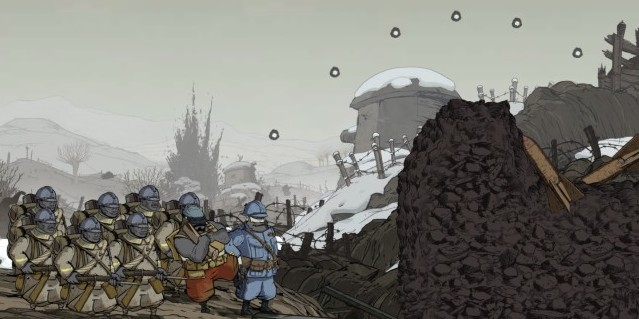
Although it’s a game focused on one of the most violent conflicts in history, it’s not an action game. There are moments of violence, sure, but that isn’t the focus, more the consequence of the setting. In most scenarios, you find yourself wandering around different environments, collecting items and solving puzzles. It’s an adventure game, but does not adhere strictly to the genre. This can lead to some excellent moments as well as some poorly executed ones.
The puzzles are, for the most part, well-designed, but not too challenging. If you have any experience with adventure games, you’ll be right at home here, but those not as accustomed to that style of puzzle-solving might find themselves scratching their heads at the more obtuse sections. Thankfully, the game’s hint system is well-implemented. There are two or three hints per major puzzle, and each unlocks after a countdown timer reaches zero. Once it does, you can choose to look at the hint, thus activating the timer for the next one, or ignore it. This can be turned off completely if you so choose, but it’s a handy feature to have and it doesn’t make you feel like an idiot for not solving a puzzle efficiently.
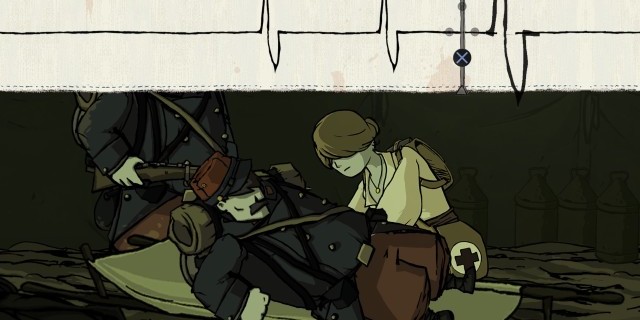
Many of these puzzles involve your canine companion who you can send off to specific locations to grab items or pull switches. Early sections aren’t too complex, but later on you’ll be forced to think out certain parts of puzzles from the perspective of both your current character and the dog. This turns your ordinary adventure game puzzle into something a little more devious as a result, making each victory that much more satisfying. Again, if you’re at all familiar with the genre, you probably won’t have much trouble, but the puzzles are thoughtful enough to keep you entertained.
It’s not all about puzzles, though. You’ll find yourself avoiding gunfire and air strikes, and even utilizing stealth during certain segments. There are even car chases set to era-appropriate music, which are satisfying in their own right and also break up the otherwise puzzle-focused gameplay. All of these segments are carefully placed throughout the game and never overstay their welcome. Best of all, they offer some of the game’s most rewarding moments, as they allow the characters, albeit briefly, to enjoy victory. Some might consider these segments as tonally inconsistent, but I disagree; Valiant Hearts teaches you to treasure the smaller moments and does so in a remarkable way.
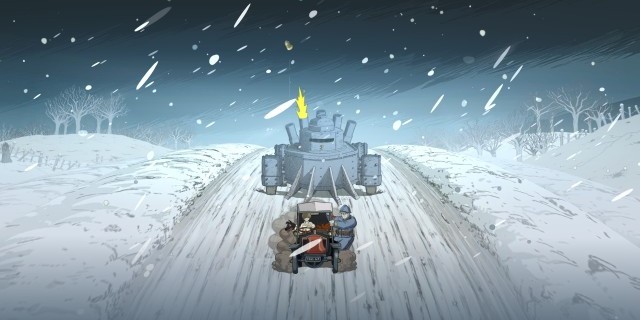
There is a certain amount of trial and error though, which bogs things down and make death even more present than it already is. One level in particular, which takes place near the end of the game, has you following around a small group of soldiers and carefully avoiding gun and cannon fire. You are forced to stop and go as you time your march through the battlefield, but it is sometimes not particularly clear when you are safe. Perhaps that is the game’s themes running through the mechanics once again, unintentionally or not, but it makes for a frustrating gameplay experience nonetheless.
I can’t properly discuss Valiant Hearts without delving into the aesthetics. It’s gorgeous, focusing on a graphic novel style instead of something more traditional, almost softening the blow of the war in an inspired way. That’s not to say Valiant Hearts shies away from the chaos, but again, it’s never heavy-handed about its approach.
For example, one of the characters has the ability to heal certain characters, which is done through a rhythm mini-game. This takes your attention away from the procedure you’re actually performing, such as removing bullets or fixing broken limbs. You are always aware of the circumstances, you just aren’t forced to focus on it throughout the entire game.
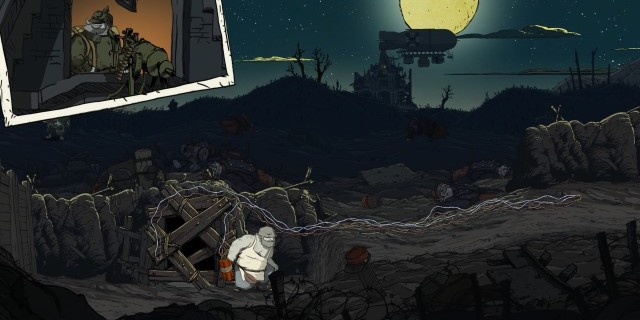
Valiant Hearts’ story could have been told as a first-person (or third-person) shooter or a strategy game, but instead the developer decided to put the narrative and characters in the forefront. The war is always present, yet you are able to celebrate small achievements along the way, giving you brief moments of relief in an otherwise stressful experience. Likewise, the game should be celebrated for its small victories. It captures a wartime story better than most, even if it does so in a sometimes mechanically flawed experience.
Pros: Brilliant narrative, memorable characters, excellent pacing
Cons: Some moments of trial and error



















